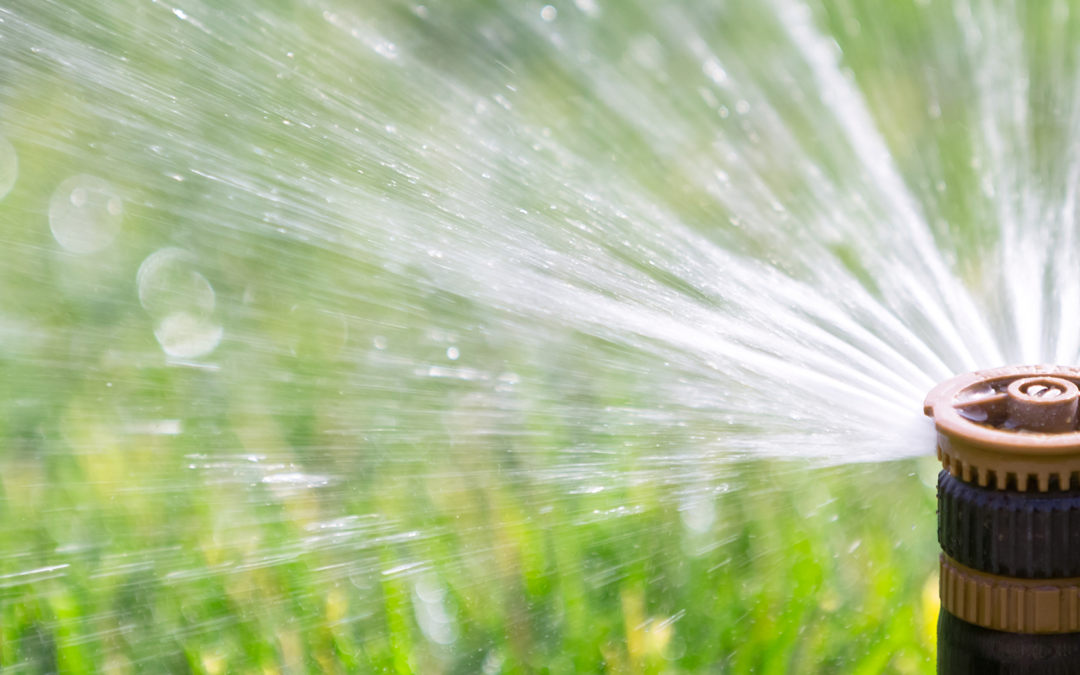For a typical household, there are two main types of rainwater pump systems you can choose between.
Other pressure vessel systems are available, but these are usually only used on extremely large houses or for commercial applications.
There are many factors that will influence the most appropriate type and size of pump for delivering water around your home.
To determine which type of pump is best suited for your home and purposes, we recommend speaking to a professional pump dealer.
However, below you’ll find an introduction to the two main pump options for distributing rainwater.
Pressure vessel pumps
Pressure vessel pumps create variable pressure systems. The usually work on 20-40psi/140-280kpa or 30-50psi/210-345kpa.
In systems with pressure vessel pumps, when a tap is turned on, water is drawn. Once the water pressure is down to 20psi/140kpa (the lower end of the two numbers), the pump starts up. When the pressure reaches 40psi/280kpa, the pump shuts off.
The volume of water that can be drawn before the pump starts will depend on the size of the pressure vessel. The bigger the pressure vessel, the greater the volume of water that can be drawn before the pump restarts.
Constant pressure pumps
Constant pressure pumps create constant pressure systems.
These pumps tend to use the same motor and pump body as variable pressure systems, however they also have a constant pressure control valve system fitted.
The latest pressure control valve systems are simple, efficient and very cost effective.
The final step in the Rain Harvesting process
Distributing the rainwater you’ve harvested and sorted is the final step in the Rain Harvesing process.
Because there are many water pumps available on the market, we don’t currently manufacture or sell pumps ourselves.
However, we do offer a range of filters which can be fitted prior to your pumps in order to deliver fit-for-purpose rainwater around your property.
